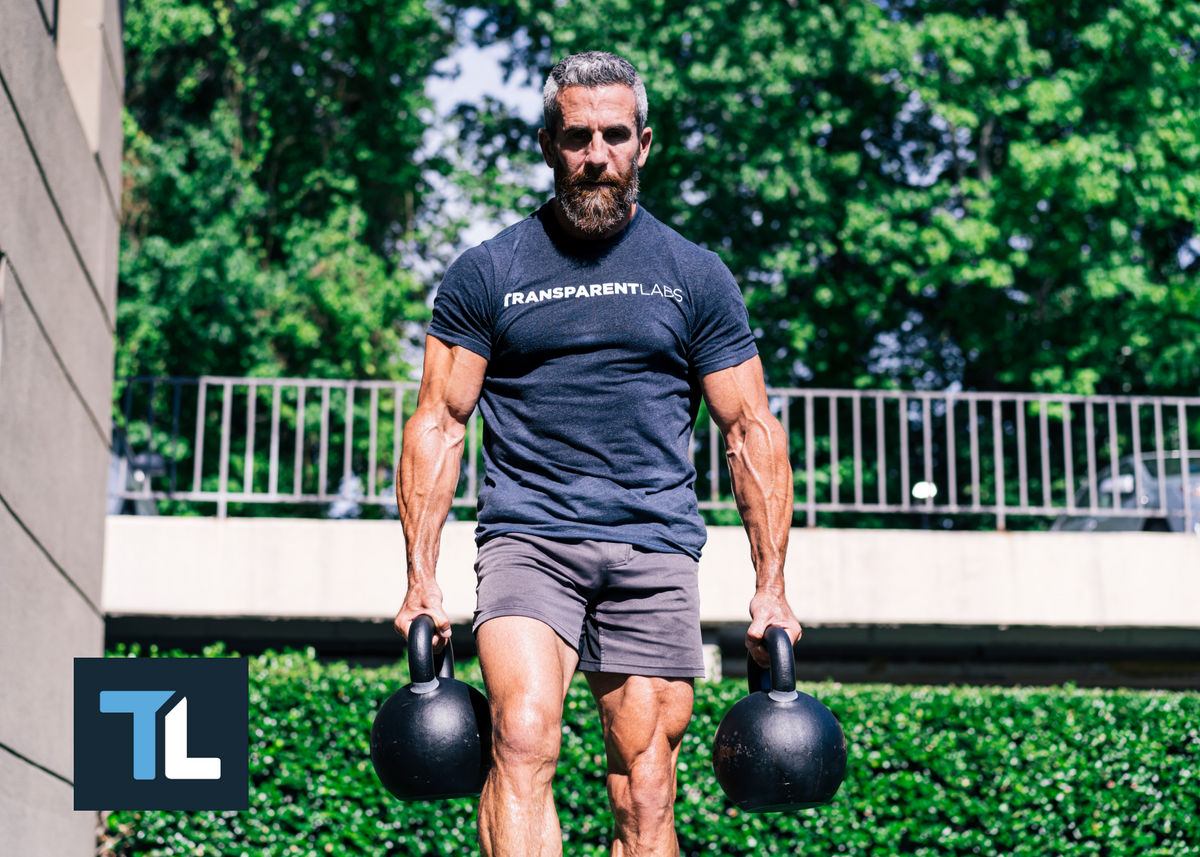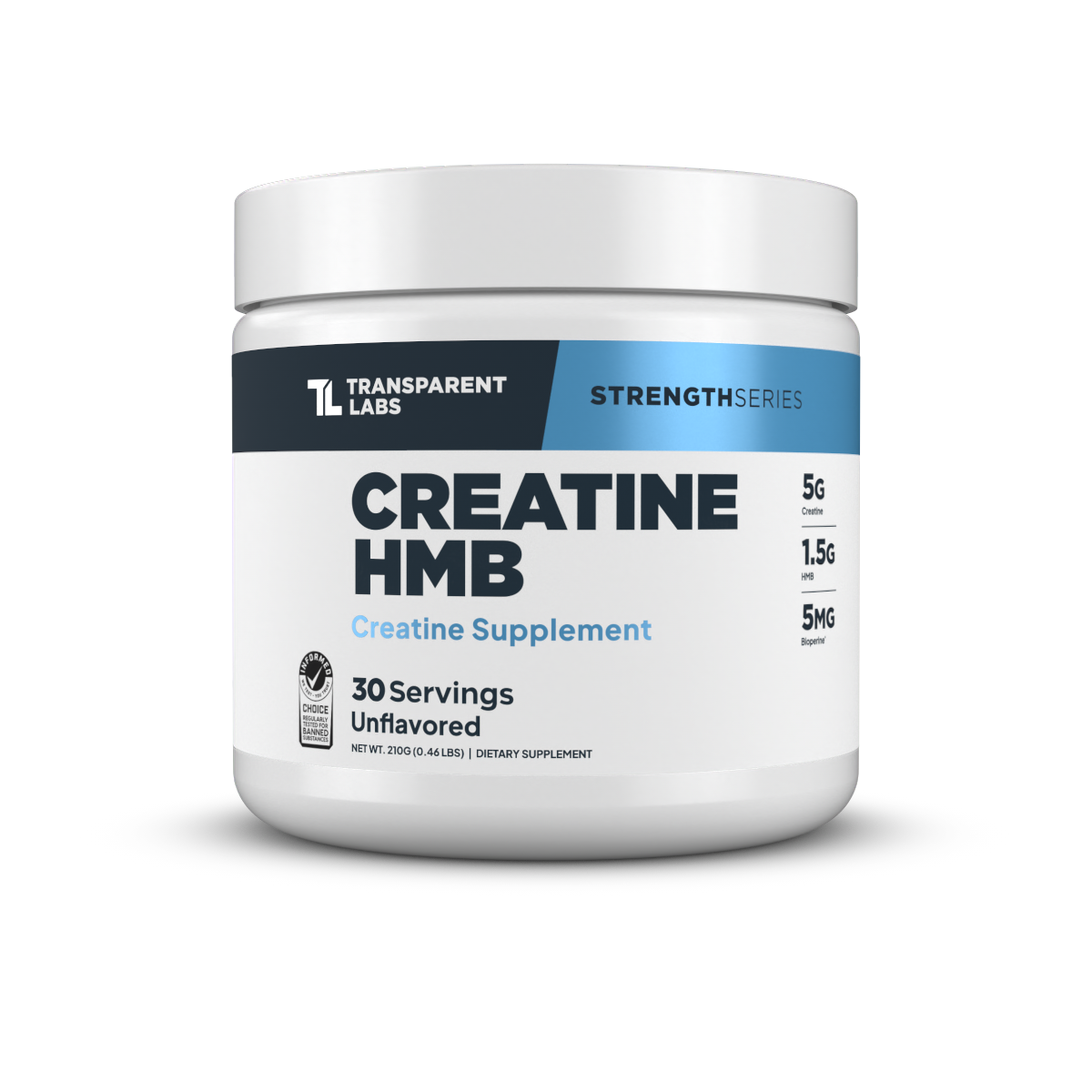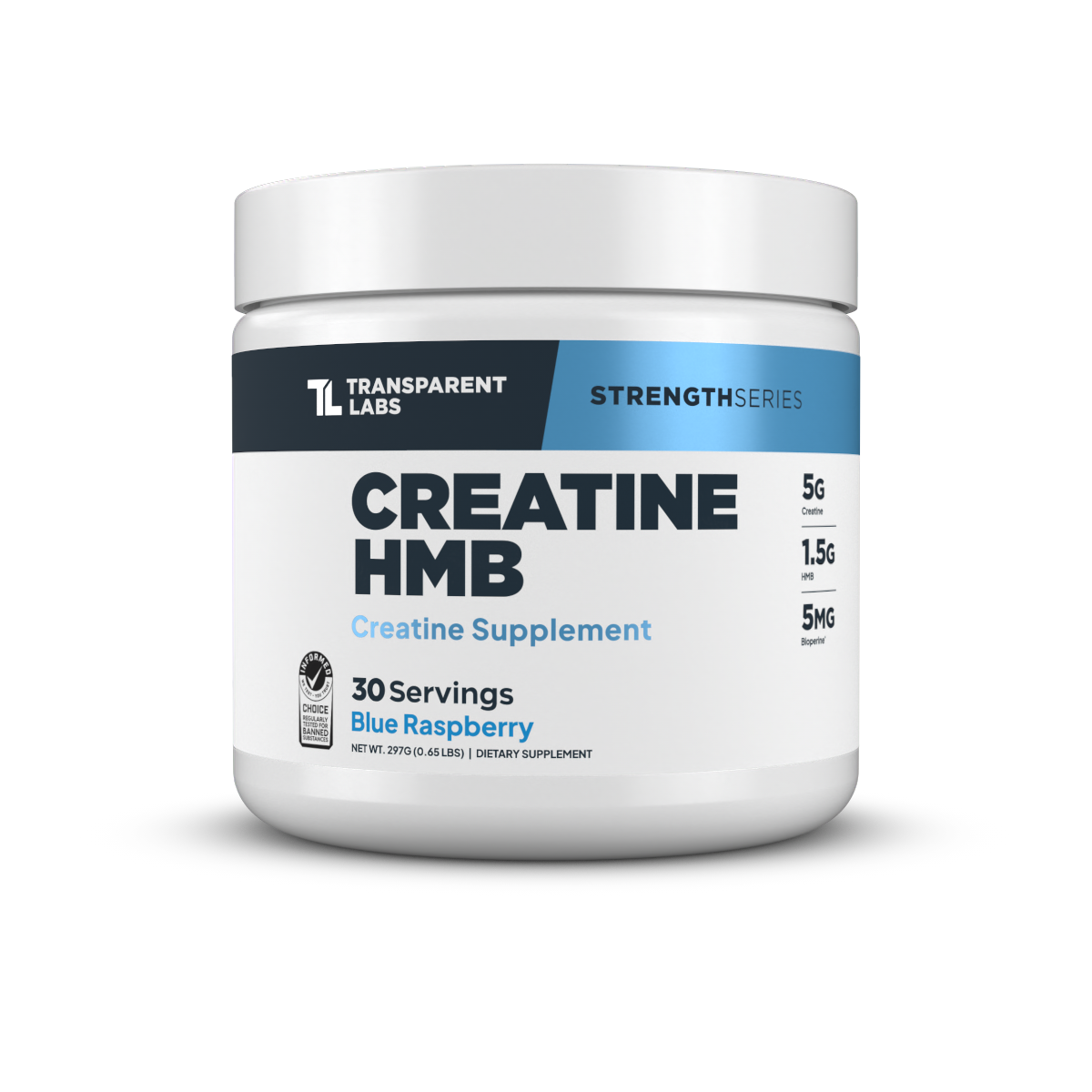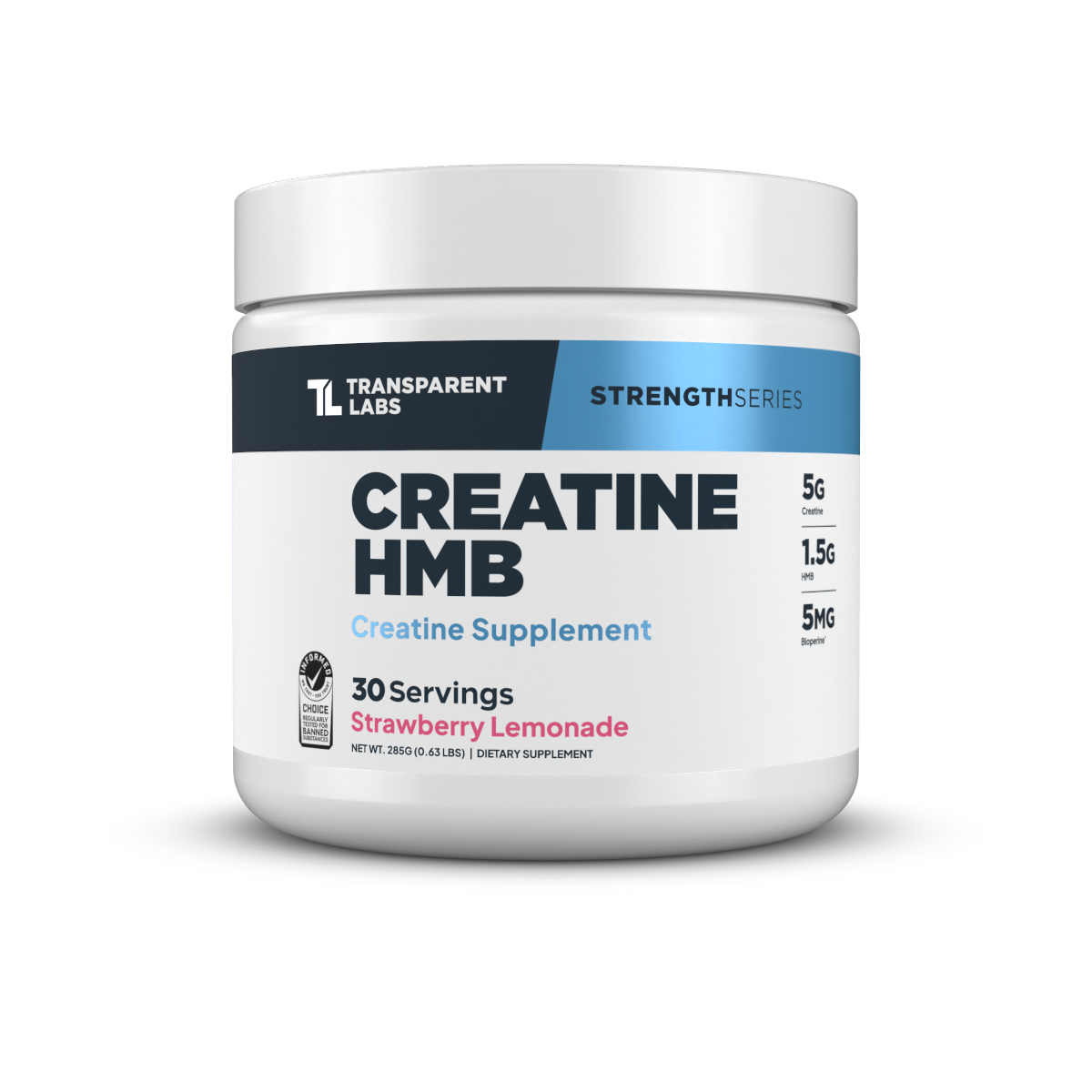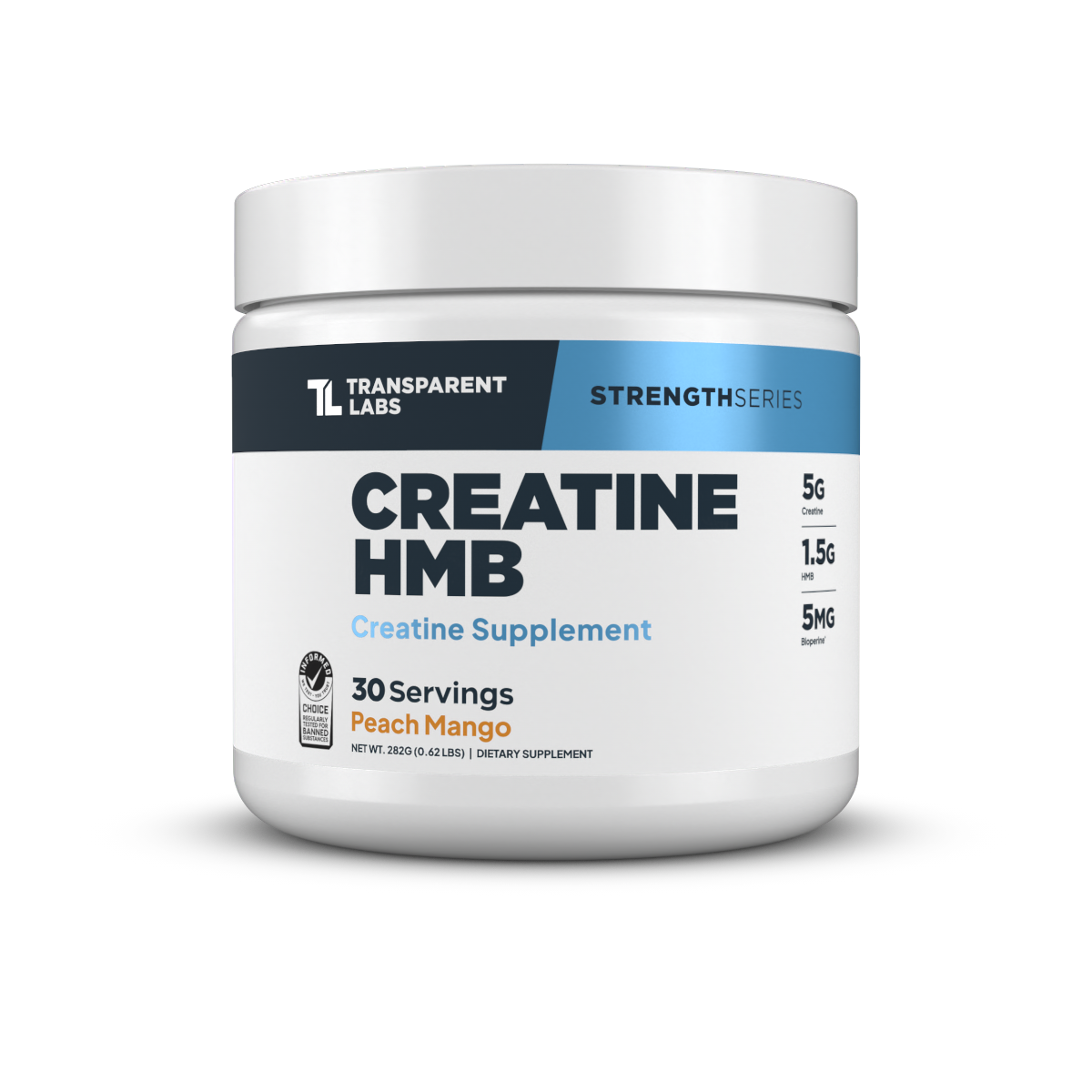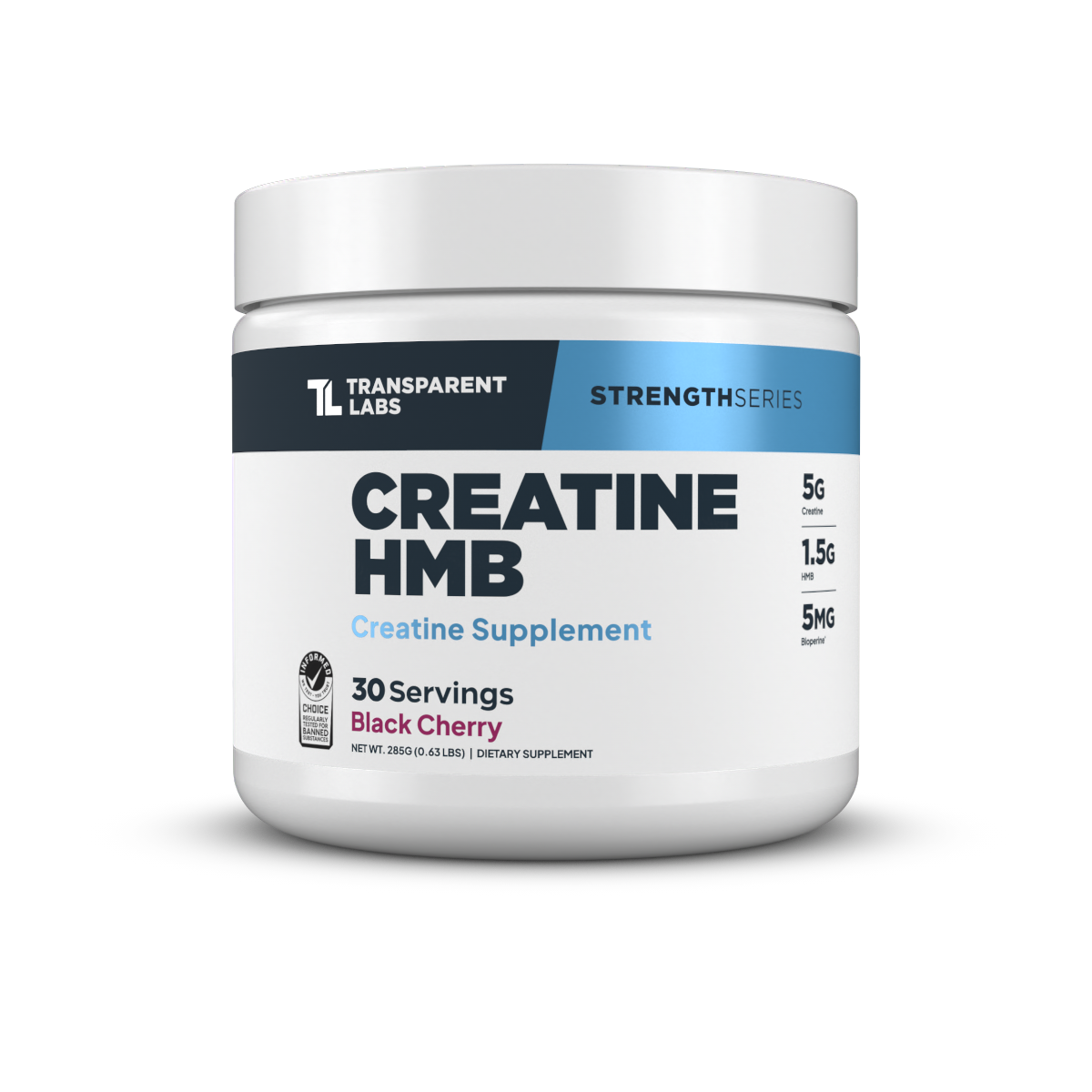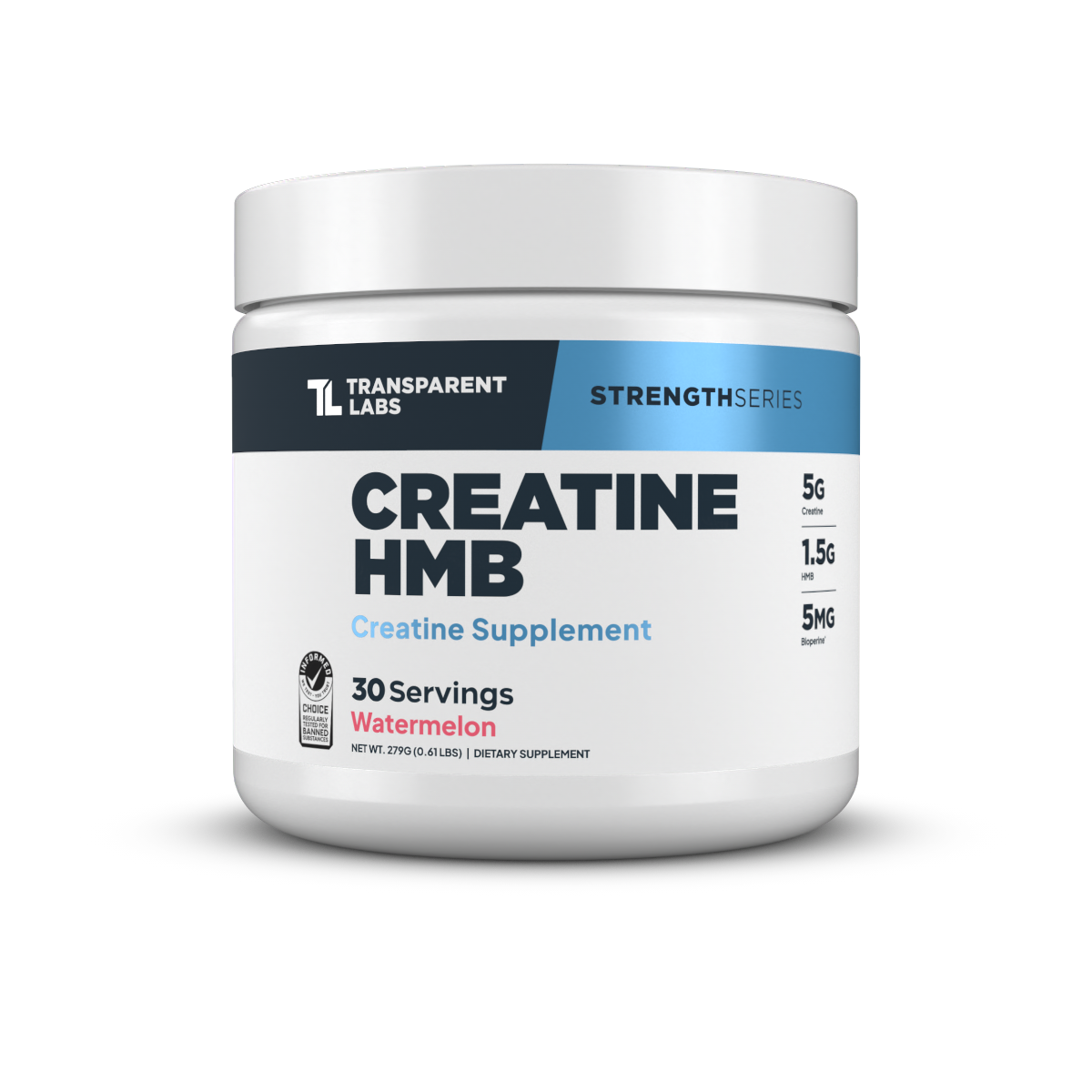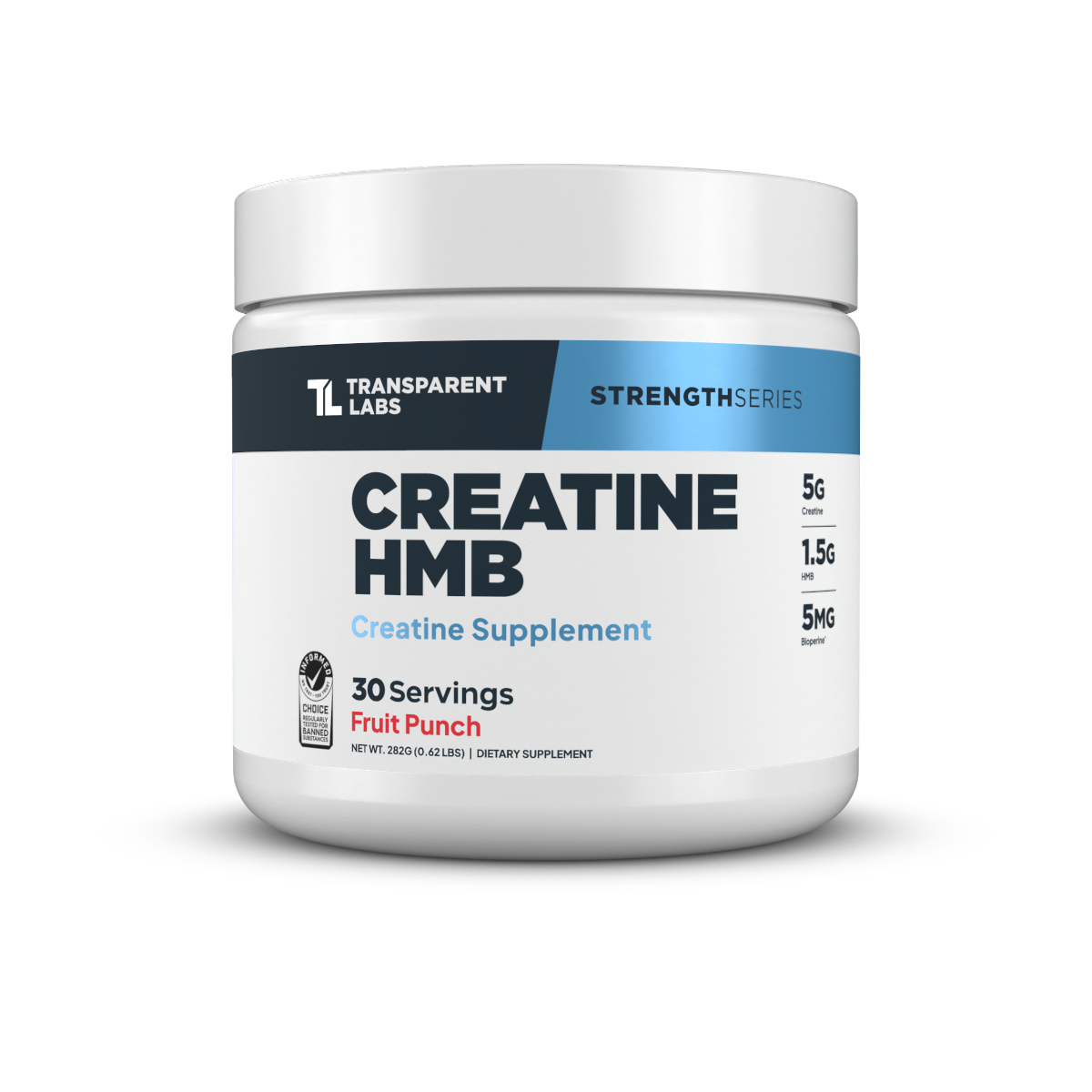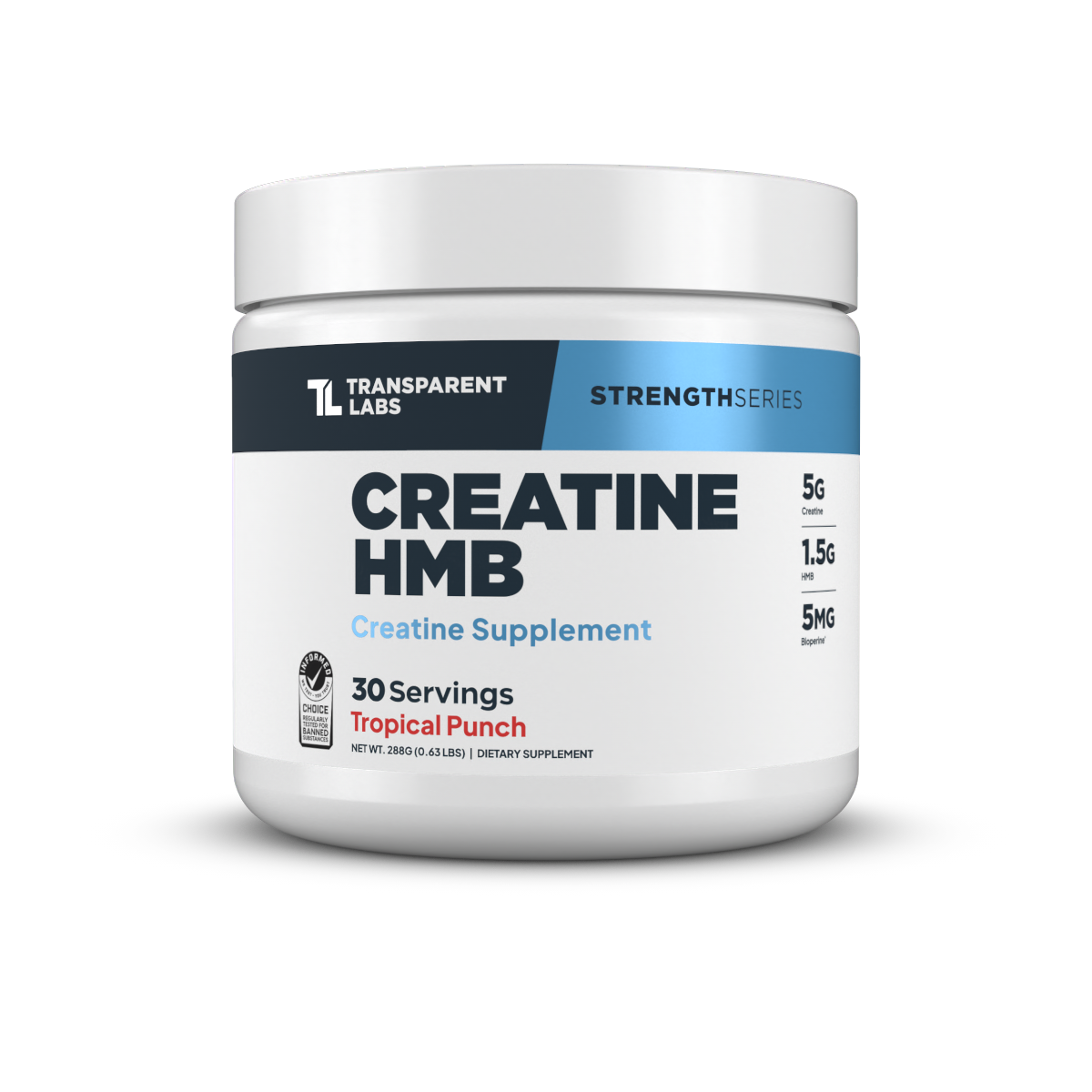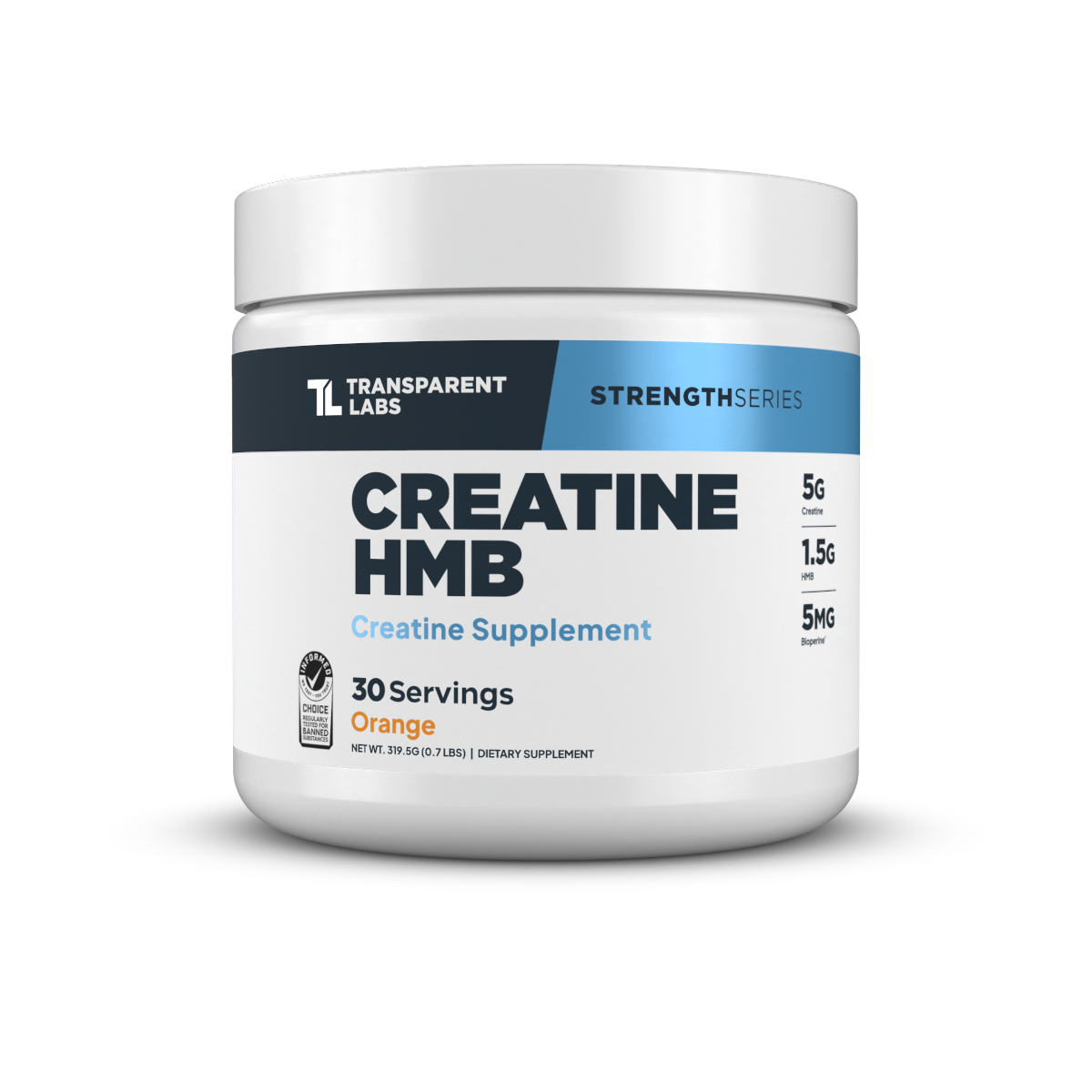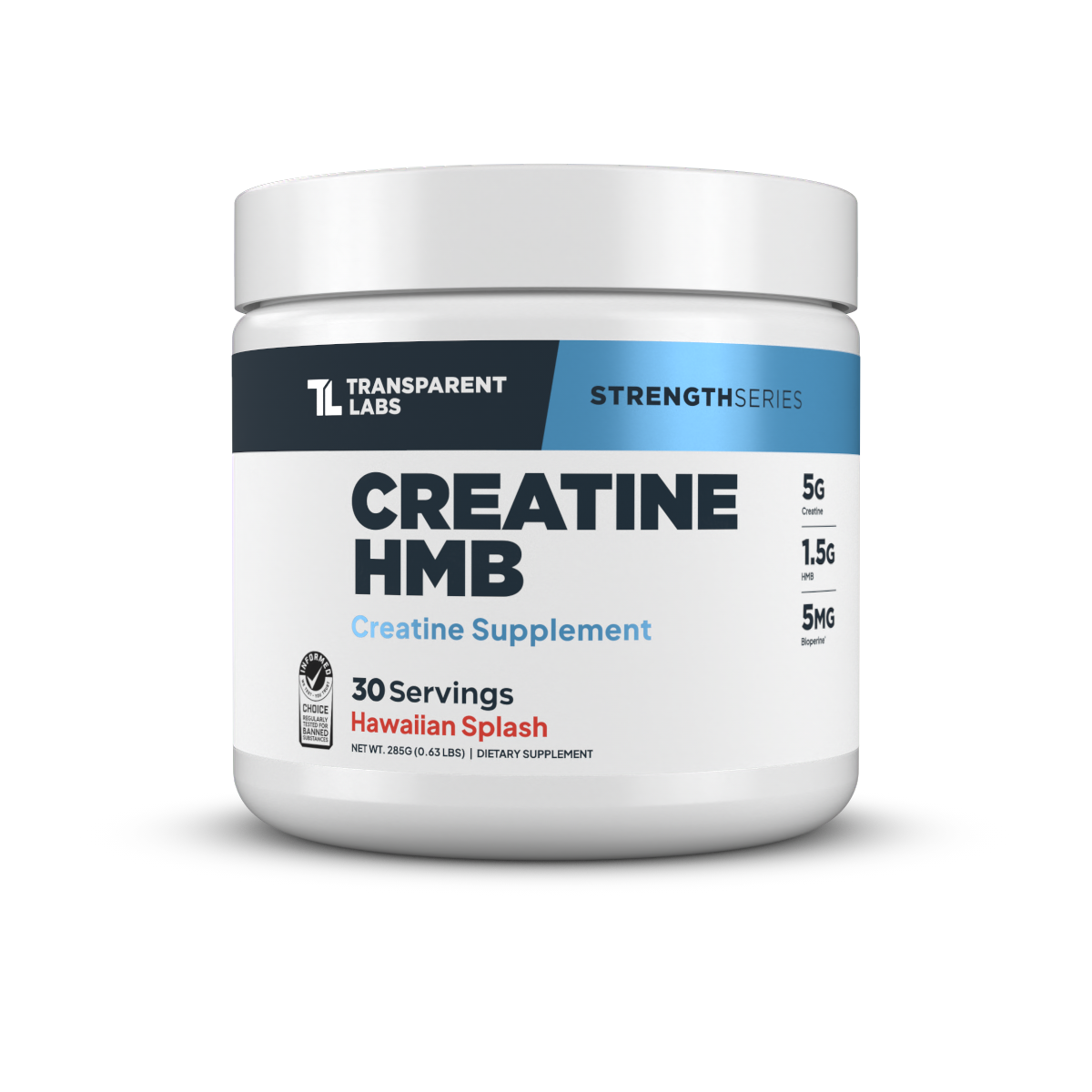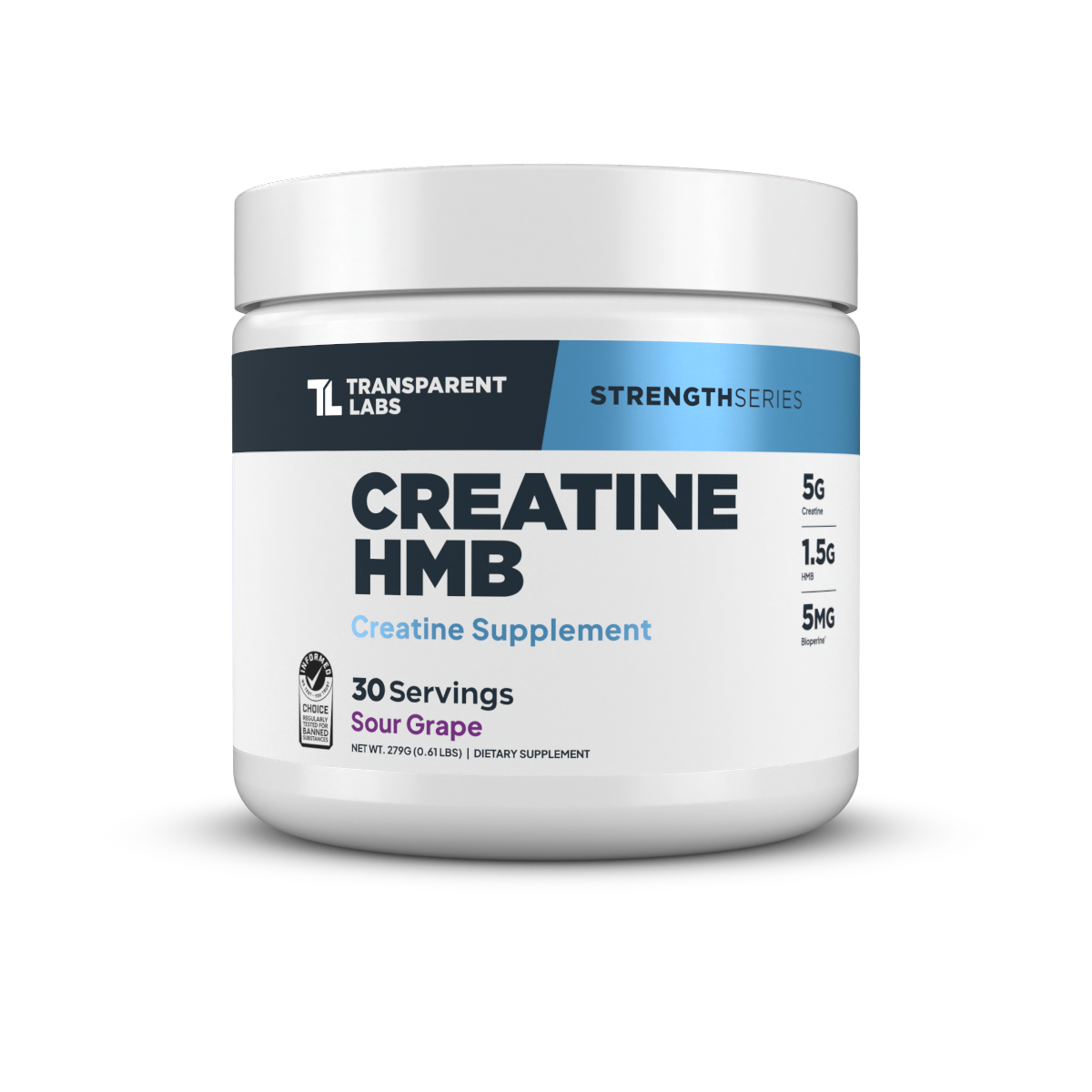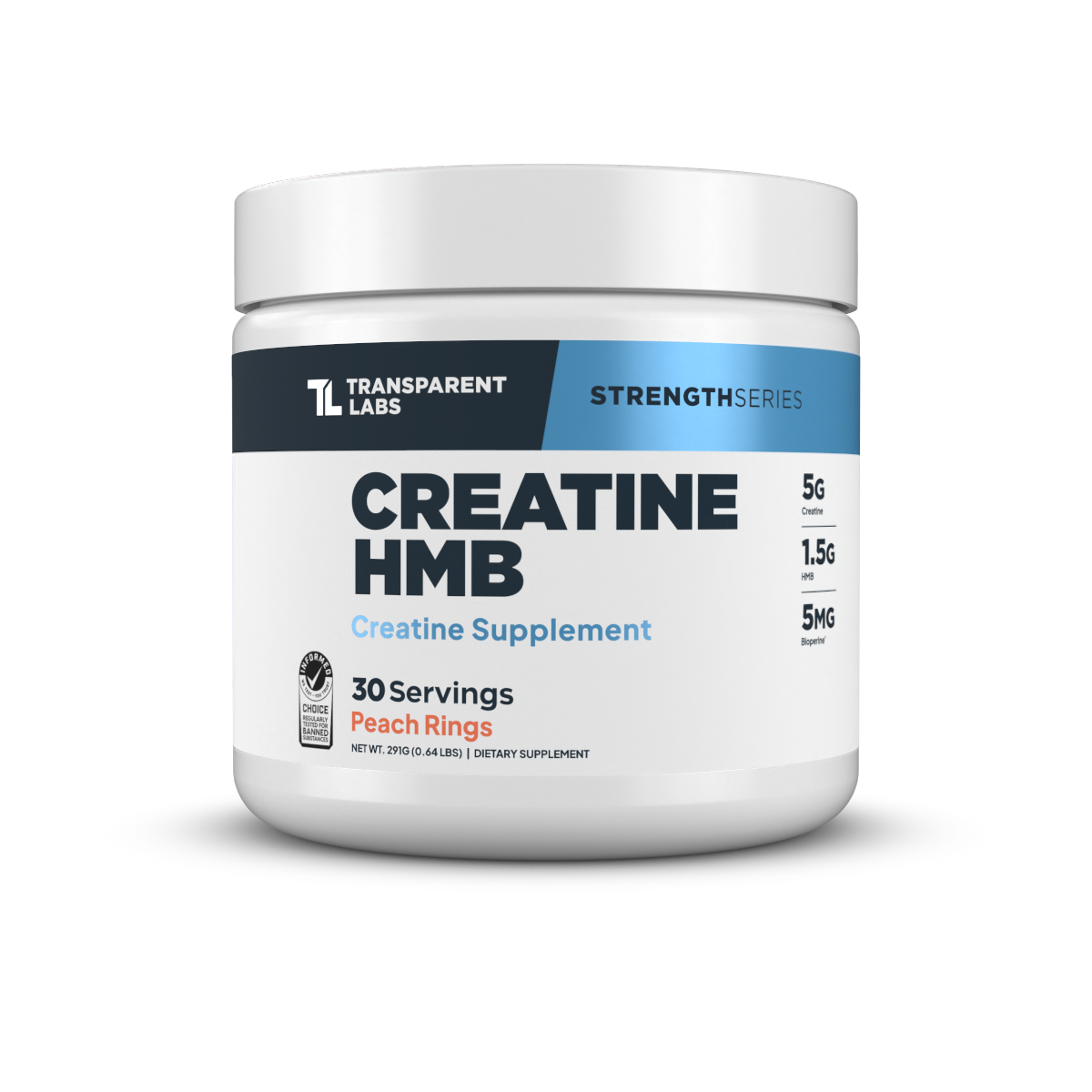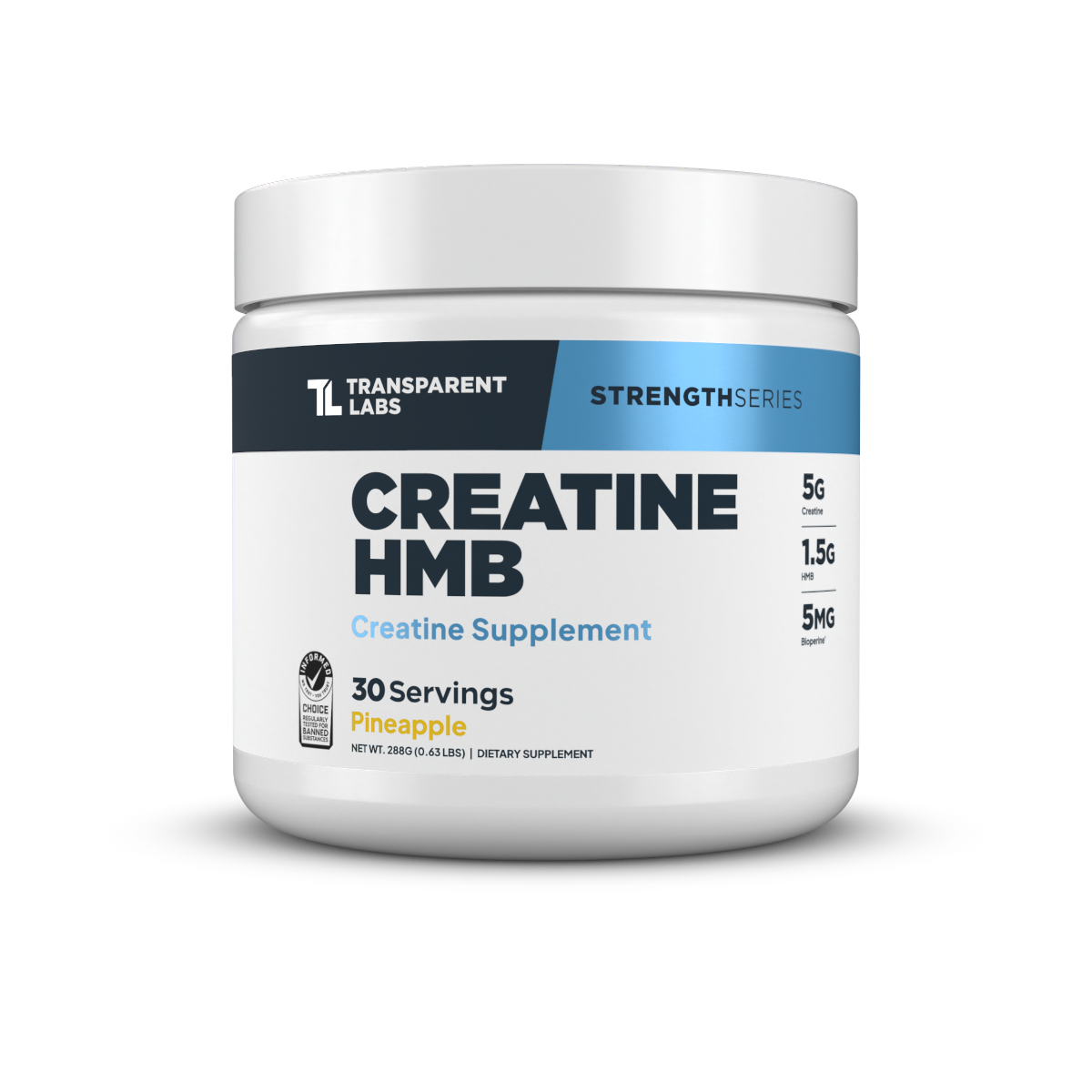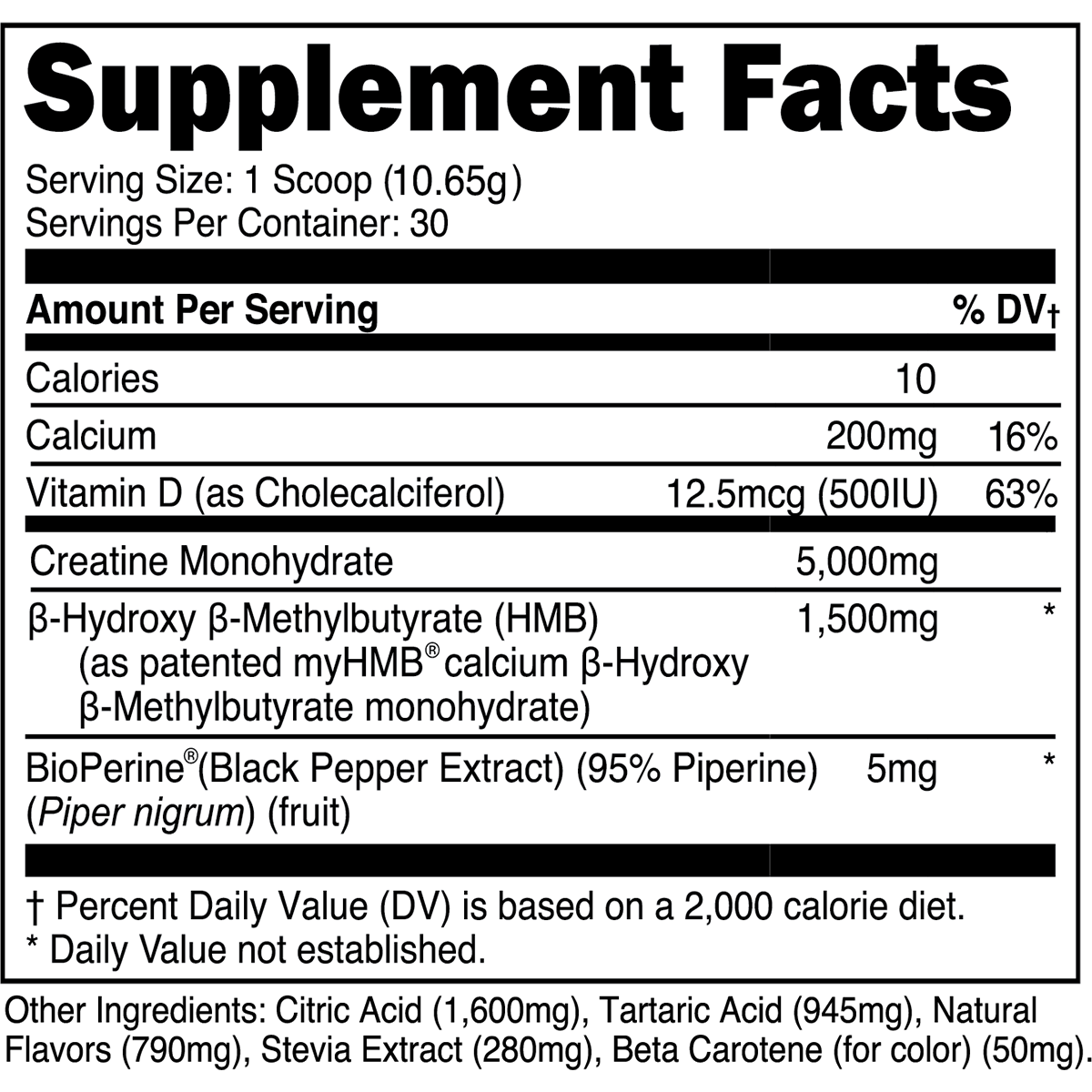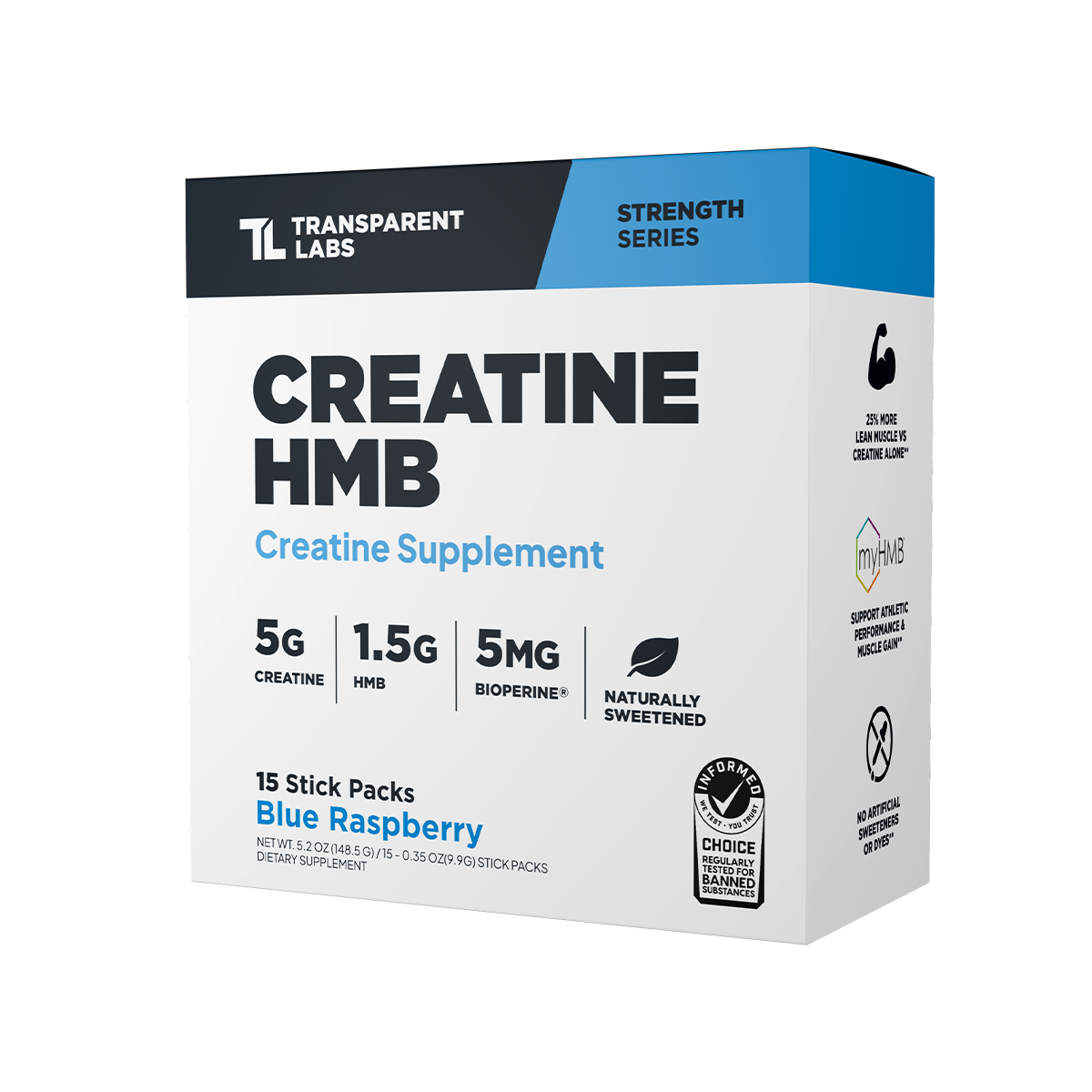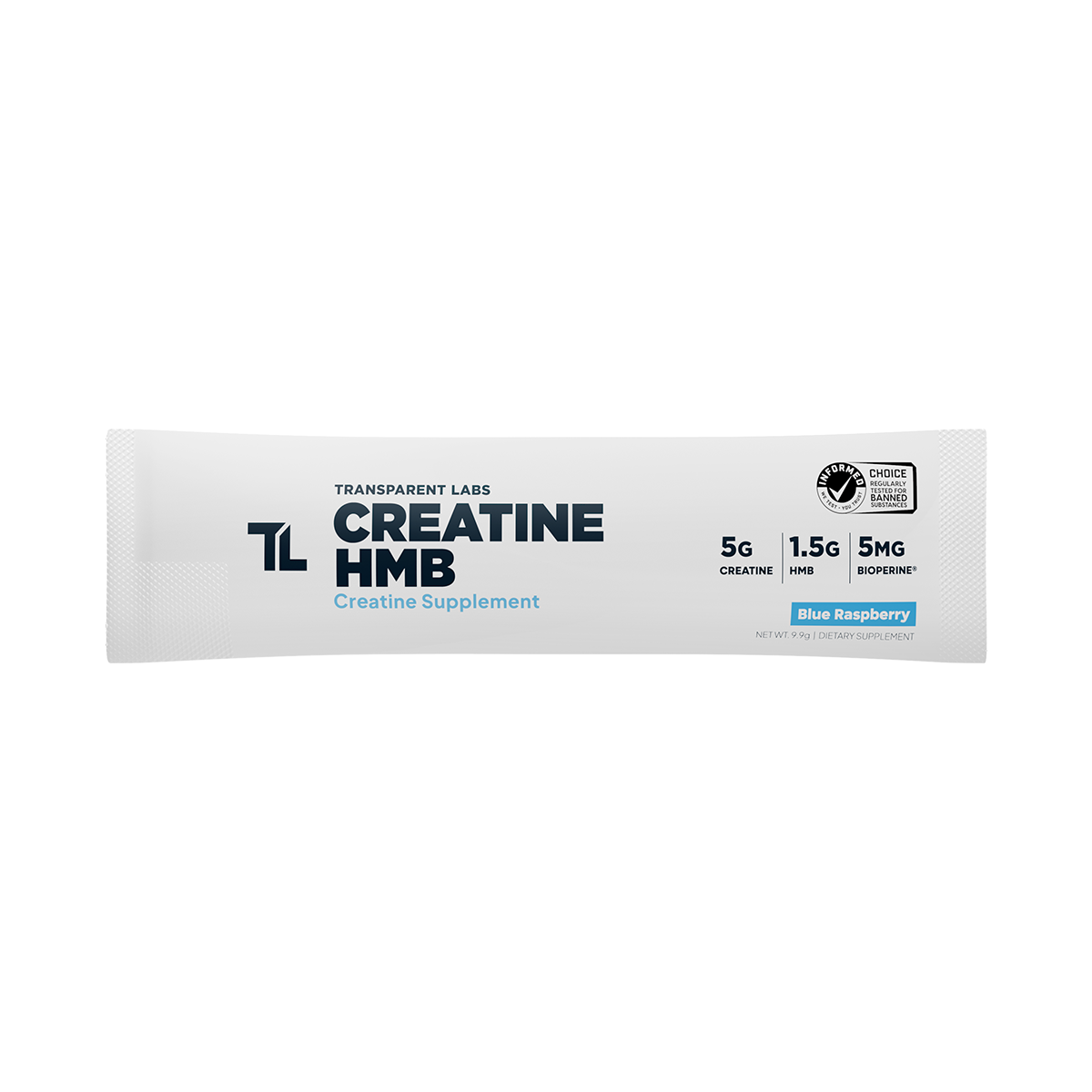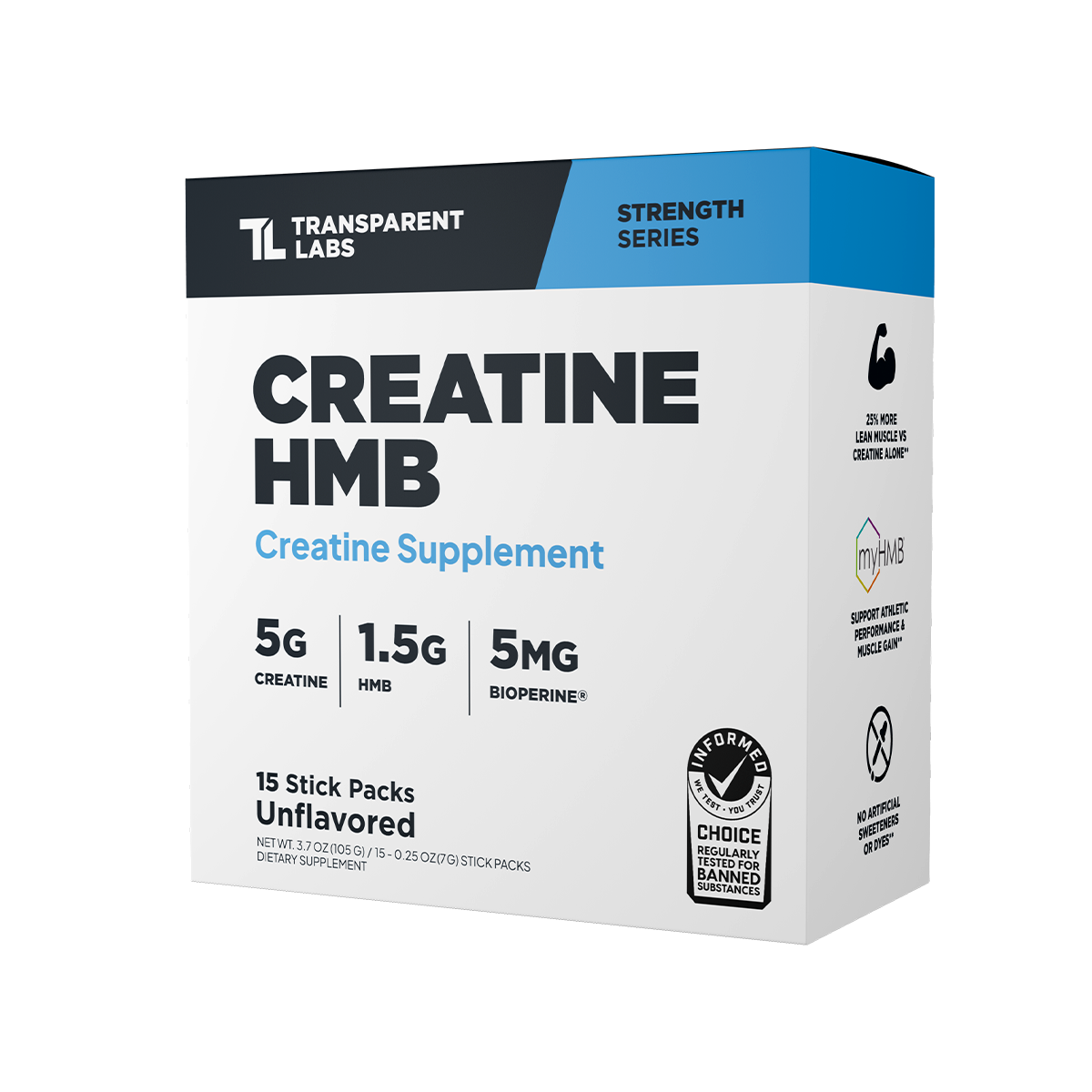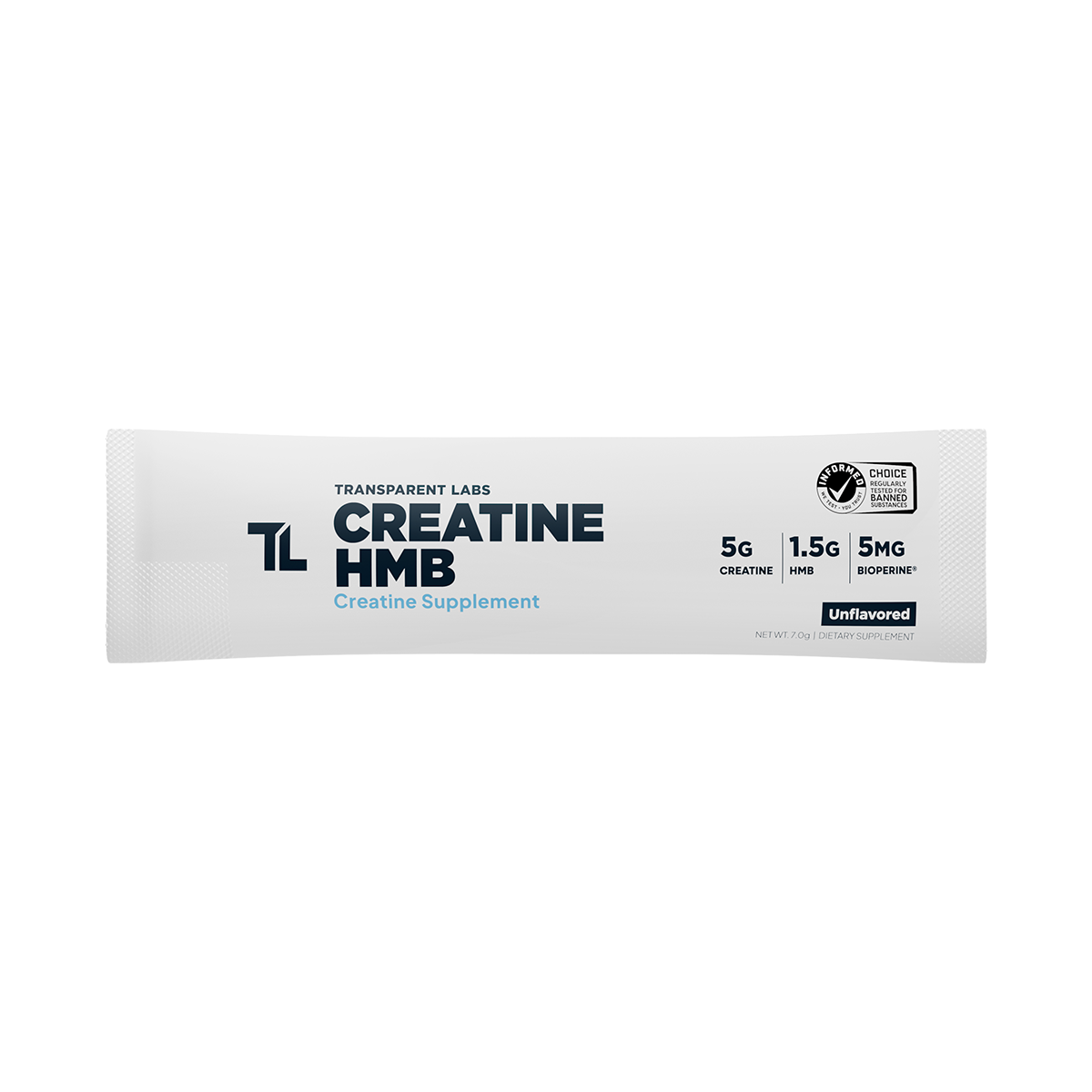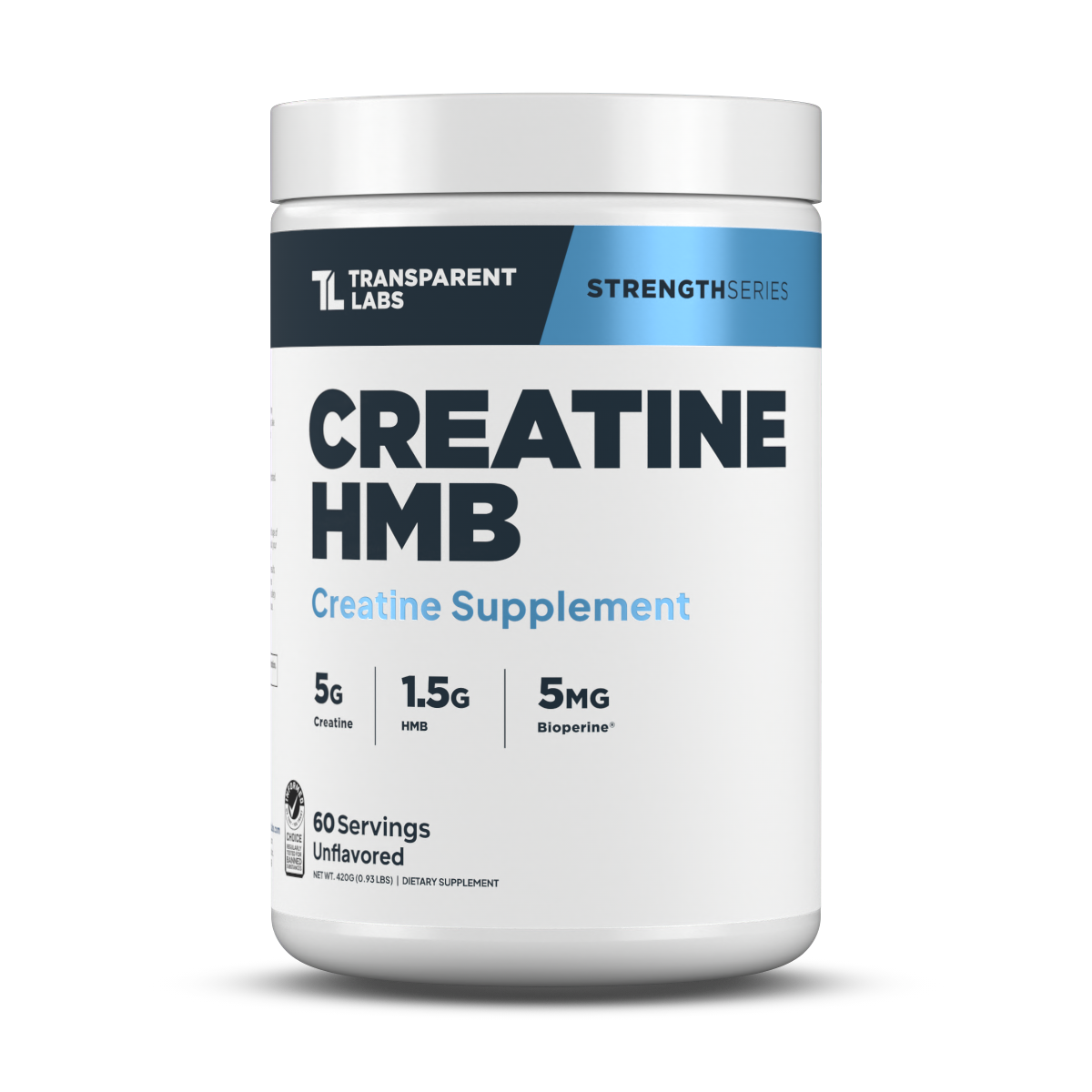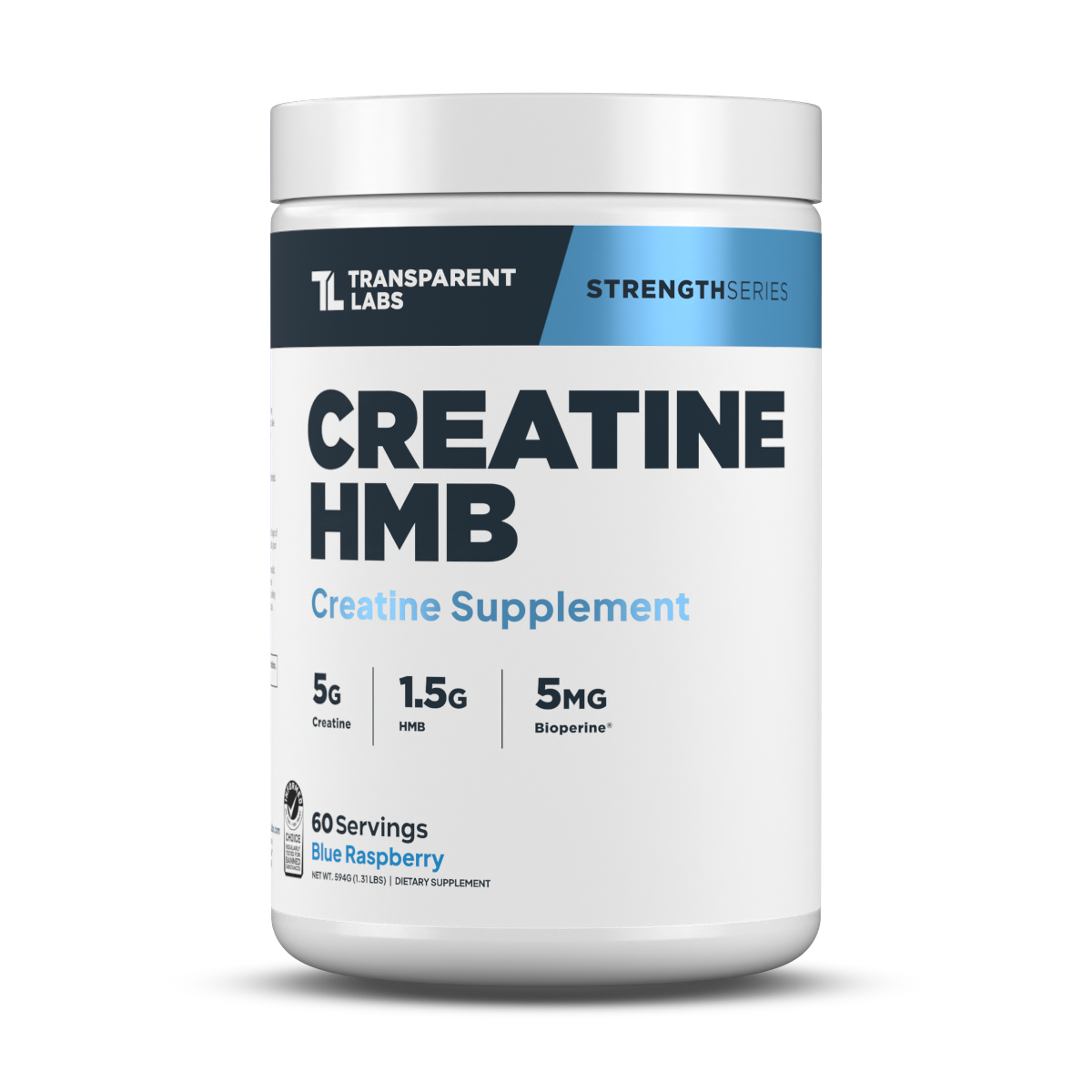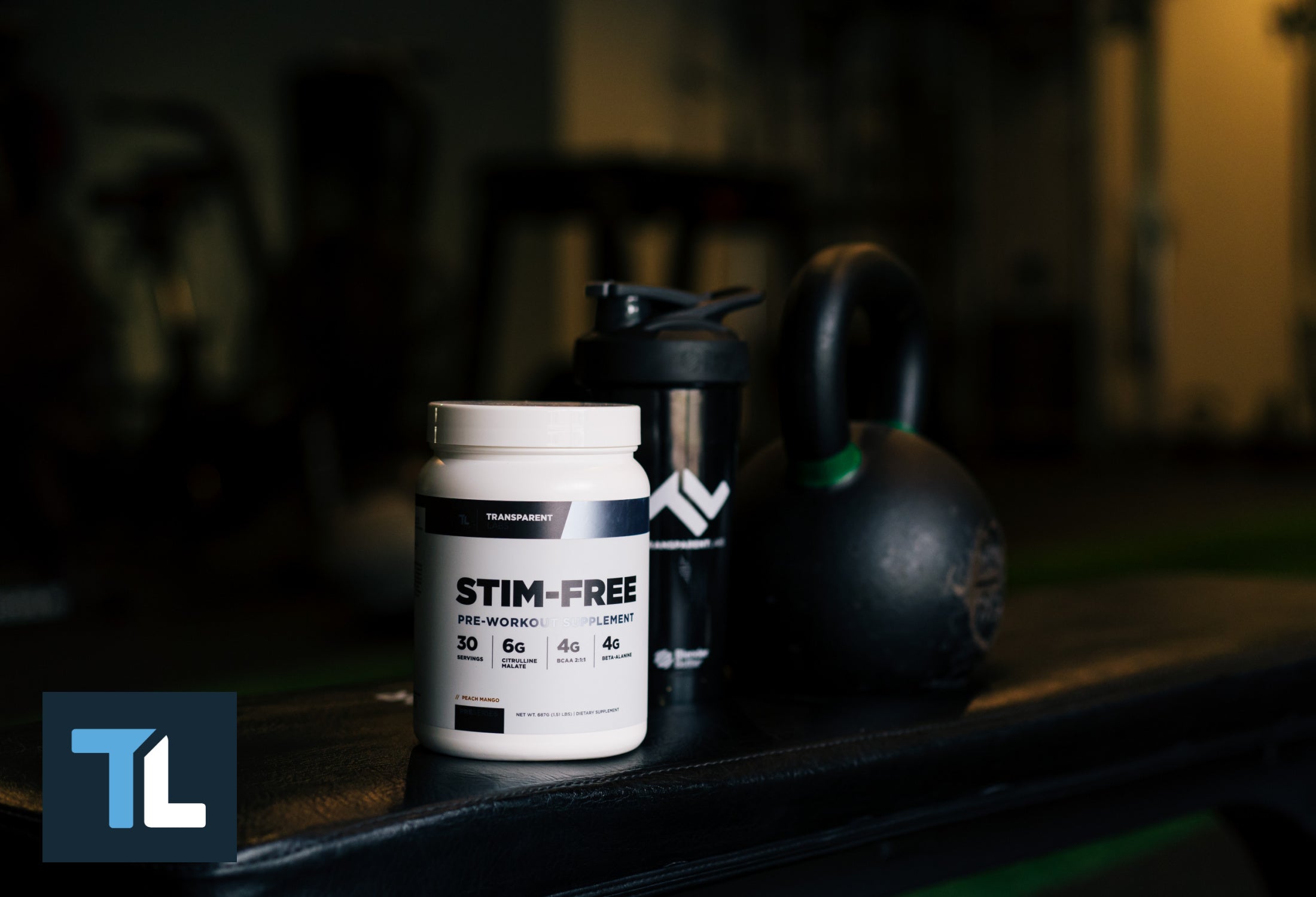THE 5 BEST TRAPS EXERCISES: BUILD YOUR TRAPEZIUS MUSCLES FAST!
What if we told you that the barbell shrug and rack pull are not the best exercises for training the trapezius muscles (aka "traps")? It's all too common for gym-goers to finish their back workout with a few sets of barbell shrugs and call it a day. To no surprise, their traps never reach their full potential.
But the issue isn't necessarily exercise selection when it comes to building the trap muscles; instead, you may be relying too much on other upper-back muscles when doing movements like shrugs and face pulls.
The trapezius muscles are challenging to isolate since they work in concert with numerous other back muscles, namely the latissimus dorsi, rhomboids, and levator scapulae. As such, the best trap exercises are not as conventional as you might think.
Use the tips and exercises outlined below to stop poor trap-training habits in their tracks and add some bulk to your upper back!
IS THE RACK PULL REALLY ONE OF THE BEST TRAP EXERCISES?
Let's briefly discuss why the barbell shrug and rack pull are arguably the most overrated exercise for the trap muscles. When you see gym-goers doing rack pulls and shrugs, odds are they're using excessive weights with a negligible range of motion.
A rack pull starting from above the knees is more or less a testament to how weak someone can be while still moving a decent load. The same goes for shrugging a barbell maybe a quarter of an inch each rep; these trap exercises are doing more for the ego than anything else.
Doing nothing but "heavy" barbell shrugs isn't the answer for a well-rounded set of trap muscles. There are several other exercises with much more functional and practical applications, notably the face pull, overhead shrug/squat, and upright row.
Leave your ego at the door, use proper form, and don't worry so much about how much weight you're lifting. You'll be amazed at how relatively light resistance can effectively stimulate your traps.
THE 5 BEST TRAP EXERCISES (YOU'RE PROBABLY NOT DOING)
Unlike muscles of the limbs (e.g. biceps and quadriceps), trying to isolate the upper-back muscles is somewhat futile. Bodybuilders and gym-goers often compartmentalize their workouts in hopes of targeting one muscle group at a time, which is counterintuitive to how the human body works biomechanically.
Your back is a cohesive network of muscles that more or less all serve to stabilize your spine, pull objects towards the body, elevate the shoulder blades, provide shoulder stablity, and maintain an upright posture when standing/sitting. Therefore, deadlifts, snatches, cleans, and bent-over rows will undoubtedly activate your trapezius muscles.
That serves as a segue to our first trap exercise, the overhead barbell shrug.
OVERHEAD BARBELL SHRUG
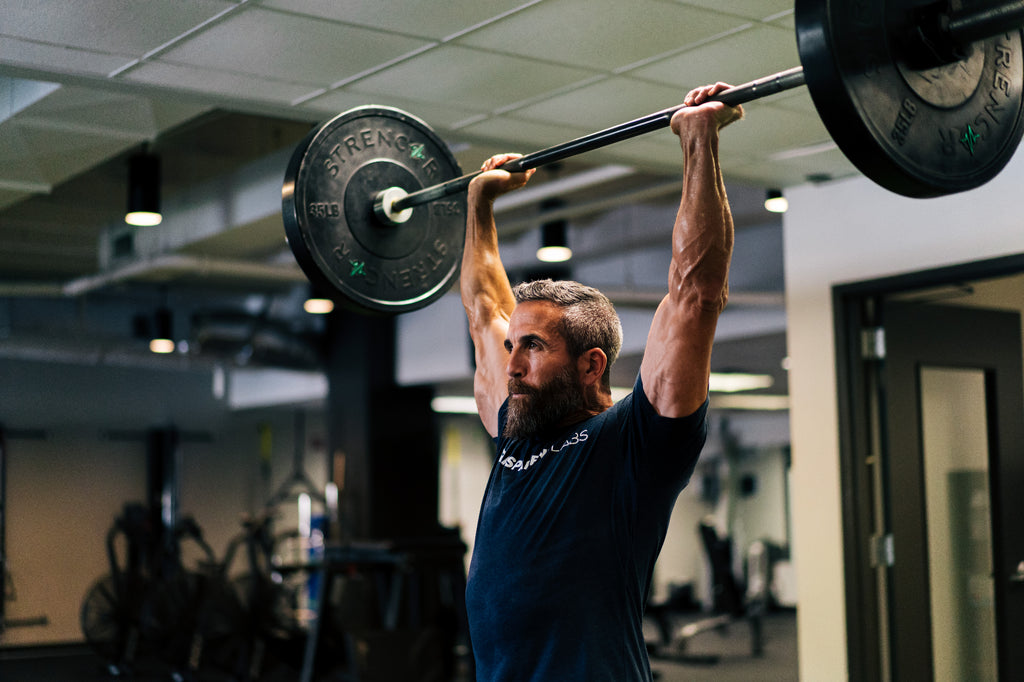
Overhead shrugs are a great way to familiarize yourself with the initially awkward positioning of the bar when doing overhead squats. In most cases, all you'll need is an unloaded Olympic barbell to do overhead shrugs.
To get into the starting position, take a wide overhand grip on a barbell — hands near the end collars — and press it over your head so that your arms are nearly locked out. The bar should be vertically aligned with your spine (just slightly towards the back of your head).
Now, perform the same motion as you would when doing a standard barbell shrug by elevating your shoulder blades (and keeping your elbows static). Hold for a second or two at the top of the movement and squeeze to feel your upper trap muscles working, then slowly lower the bar back to the starting position by dropping your shoulder blades.
Most people will find the overhead barbell shrug to be a little unorthodox at first, but with some shoulder mobility work, practice, and persistence, it's easily one of the best exercises for the traps. Even better, overhead shrugs can help improve your posture and core strength.
FACE PULLS
The easiest way to define face pulls is like upright rows done horizontally (towards the face). It's best to perform face pulls using a cable machine with a rope attachment, but a resistance band looped around an elevated anchor point will also suffice.
Executing face pulls is straightforward; get into the starting position by taking an overhand grip on the rope attachment slightly above eye level. Stand at a distance from the pulley that allows your arms to reach a full extension before the weight stack moves. (And keep your hips forward to maintain proper form.)
Now, pull the rope towards your face until each hand goes just past your ears; keep your elbows flared out—roughly a 75-degree angle from the floor—to increase the range of motion and tension on the middle traps; hold briefly before extending your arms back to the starting position.
TRAP BAR DEADLIFT
When it comes to traps exercises, few things can top the deadlift. Using the trap bar makes deadlifts even better at engaging the trap muscles without risking lower-back injury.
To perform the trap-bar deadlift, stand with your feet shoulder-width apart inside a loaded trap bar. With your arms straight, bend at the hips and grab each handle of the trap bar, then lower your butt by "sitting back" and loading your hamstrings. While maintaining a neutral spine, "press the floor away" by driving through your heels; use your hips to pull the bar up to your waist.
Your traps provide shoulder stability throughout the exercise by moving the scapulae. You can also do shrugs using the trap bar for a nice change of pace now and then.
SNATCH-GRIP UPRIGHT ROW/HIGH PULL
The snatch-grip upright row is tough to beat when you want to focus on your upper traps. It's the same as an upright row, but you'll want to use a barbell or a smith machine so you can take a sufficiently wide grip (overhand).
Stand with your feet shoulder-width apart with a slight lean forward of the upper body. In a controlled manner, explosively row the bar up to your chin like you would when doing a hang clean but without flipping your wrists under the bar.
Here's a quick video for demonstration: Snatch-Grip High Pulls
FARMER'S CARRY
The farmer's carry is often overlooked when training traps, but it's an exceptional isometric exercise to engage your upper back. The beauty of farmer carries is that you can do them using just about any relatively heavy objects with handles, whether they be kettlebells, dumbbells, or loaded grocery bags.
All you need to do is hold them at your sides as you would in the starting position of a dumbbell shrug and walk in a straight line until your grip fails (or traps burn to the high heavens, whichever comes first). Generally, it's best to use a heavy enough weight so you can only walk 50-100 meters per set.
BUILD YOUR TRAP MUSCLES WITH THESE SIMPLE TRAINING TWEAKS
Training your upper-back muscles is tricky because you can't see them working as you would when training muscles on the anterior side of the body. This is likely why trainees struggle to establish the proverbial "mind-muscle connection" during their traps workout.
During the first few sets of your traps workout, close your eyes and focus on feeling your traps working. The mind-muscle connection is imperative for making the most of upper-back training, particularly when targeting the trap muscles.
If you don't notice much tension in your upper traps when doing a dumbbell shrug or barbell shrug, odds are it's not doing much for the intended purpose. So, how can you fix this? There are several ways to emphasize the upper, mid, and lower traps by adjusting things like your grip and torso lean/angle.
For example, performing basic barbell shrugs with more of a torso lean forward and pushing the hips back will create a stronger sense of tension in the mid and lower traps as opposed to the upper traps.
You can also change things up by switching equipment between trap workouts. Don't be afraid to try using the cable machine for things like shrugs and face pulls.
Make the Most of Your Traps Workout
Isolating the traps is impractical at times, especially if the rest of your upper-back muscles are already fatigued. To bring up lagging trapezius muscles, start your back workouts with face pulls using the rope attachment on a pulley. Not only will this help loosen up your shoulder blades and lats, but it will "pre-exhaust" your traps before you start doing compound exercises like barbell rows and pull-ups.
And remember these trap workout tips we outlined above:
-
Leave your ego at the door; proper form is crucial for stimulating the traps and reducing the risk of injury
-
Use the cable machine from time to time can enhance the mind-muscle connection
-
ROM, grip style, and movement angle can all be adjusted to target specific regions of your trap muscles
Like most things in fitness, there is more than one way to build an impressive set of traps. While the barbell and dumbbell shrug tend to be the most popular trap exercises, they are usually done with sloppy form and way too much weight (thereby reducing the already limited range of motion).
Change up your trap workout routine by incorporating exercises like the overhead shrug, explosive high-pull, and face pull, as these are much more challenging than standard dumbbell/barbell shrugs.
